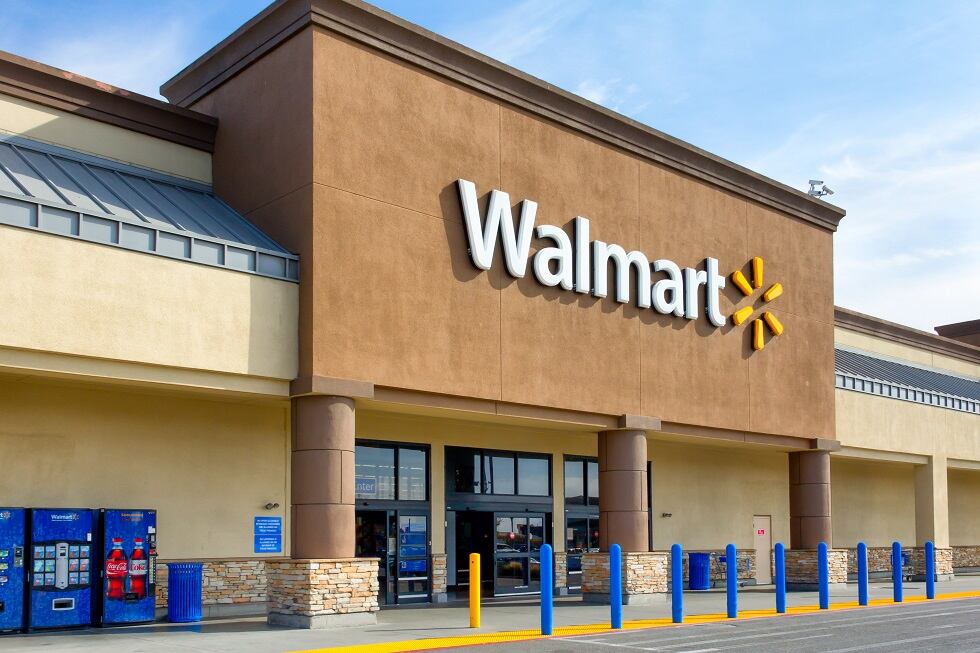Walmart announced strong Q3 earnings Thursday alongside plans to move its stock listing to the tech-focused NASDAQ, underscoring the retail giant’s ongoing transformation into a formidable e-commerce competitor to Amazon.
Global e-commerce sales grew 27% year over year for the quarter, prompting Walmart CEO Doug McMillon to highlight that each of its three business segments experienced e-commerce growth above 20% – Walmart US at 28%, Walmart International 26% and Sam’s Club at 22%.
Walmart’s online sales milestone
The quarter marked Walmart’s seventh consecutive quarter of e-commerce growth above 20%. The company noted that online sales growth was driven in part by speedier delivery times.
“Delivery speed matters, and we’re delivering faster than ever. For Q3, 35% of digital orders were delivered in under three hours,” McMillon said.
Sales through these faster delivery channels jumped by nearly 70% year over year for the quarter.
Mass merchandise retailers like Walmart continue to capture market share from traditional grocers, due in large part to growing online sales.
US monthly online grocery sales reached $11.6 billion in October, according to the Brick Meets Click Grocery Shopper Survey, sponsored by Mercatus.
Monthly active users (MAUs) – those who completed at least one online order in a month – grew by 13% in September, driving Walmart sales, according to David Bishop, partner at Brick Meets Click
“A sign of the growing challenges facing regional grocers is the sharp increase in the share of grocery MAUs that also completed at least one e-grocery order with mass during September versus the two prior years,” Bishop said in October. “The results reveal cross-shopping rates with Walmart continued to expand significantly in 2025, and the rate for Target also increased year over year, even though it remains significantly lower than Walmart.”
Sam’s Club stores opened for at least a year grew 3.8% for the quarter. McMillon said the warehouse chain is gaining market share in both grocery and general merchandise, adding that its ecommerce business “outpaced our expectations again for this quarter.”
That’s due to a growing membership and renewal rates for its Walmart+ loyalty program globally.
“Membership income growth across the enterprise was led by 34% growth in Walmart International primarily due to growth in Sam’s Club China membership,” the company noted.
So long, NYSE; hello, Nasdaq
Walmart continued to tout its ecommerce bona fides with the announcement that it is moving from the New York Stock Exchange to the NASDAQ on Dec. 9, putting the company in the same exchange as its biggest competitor, online retail juggernaut Amazon.
Walmart said the move follows the company’s alignment with the exchange’s “shared values: a technology-forward approach, delivering exceptional client value and redefining their respective industries through innovation.”
“Walmart is setting a new standard for omnichannel retail by integrating automation and AI to build smarter, faster and more connected experiences for customers, while enabling our associates to deliver even greater value at scale,” said CFO John David Rainey.
Sparky, ChatGPT and the future of shopping
Walmart also highlighted its increased use of artificial intelligence – both customer-facing through its AI-powered shopping assistant, Sparky, and behind the scenes through expansion of its automated fulfillment centers.
The tech-focused earnings call highlighted Walmart’s new partnership with OpenAI, wherein shoppers can make Walmart purchases directly through ChatGPT.
“There is a native AI experience coming that is multi-media, personalized and contextual. We are running towards that more enjoyable and convenient future with Sparky and through partnerships including this important step with OpenAI,” McMillon said in mid-October.
Walmart also is leveraging AI at its fulfillment centers, which are increasingly automated, according to Rainey.
“More than 50% of our volume from fulfillment centers is coming from automation, and that translates into lower shipping costs,” he said. “Our shipping costs have been down consistently for many quarters in the 30% range, and this was another quarter where we saw double digit improvements, and that really helps our e-commerce economics.”


